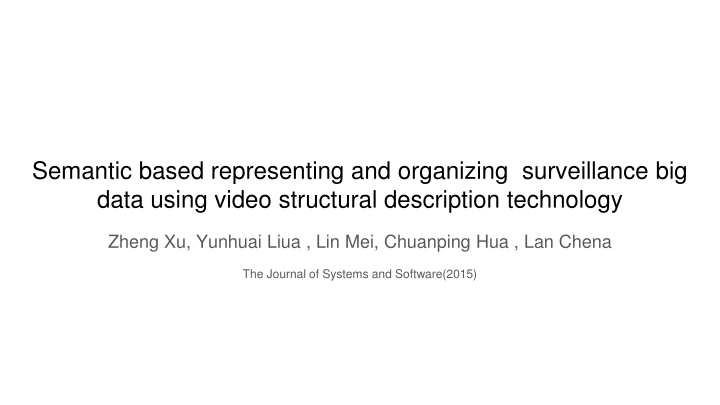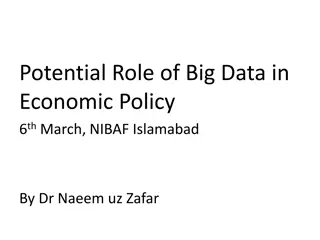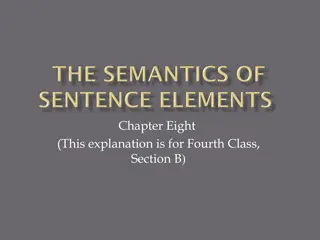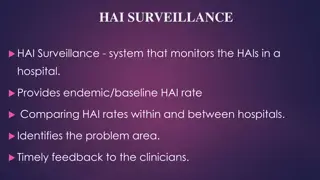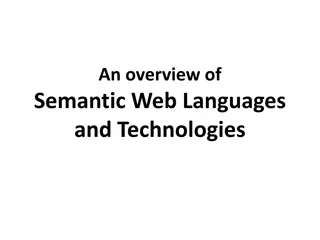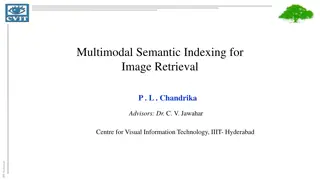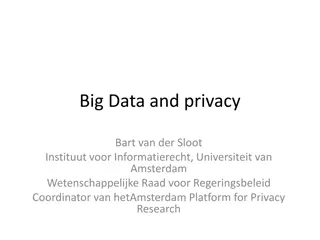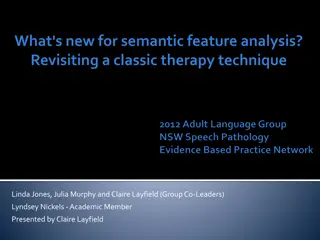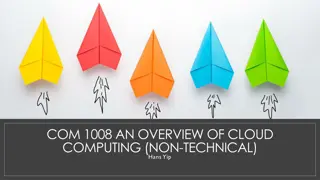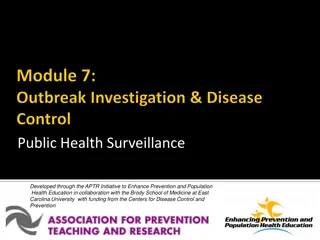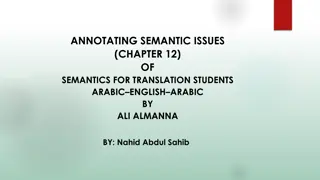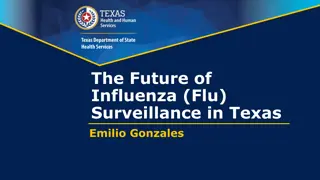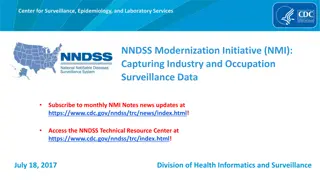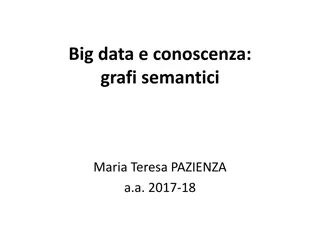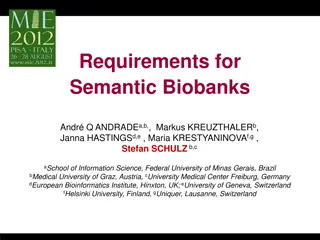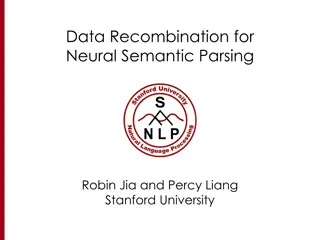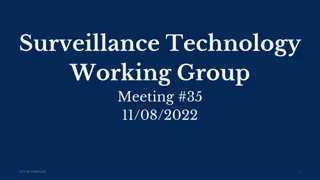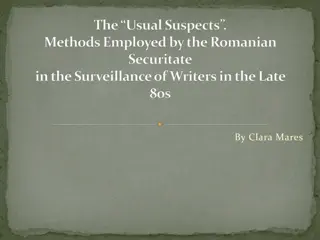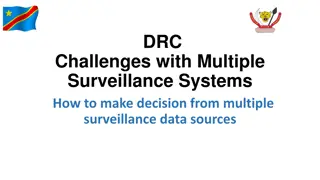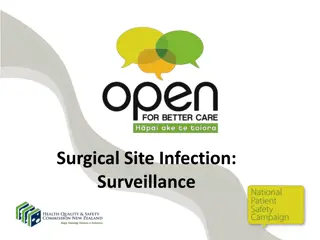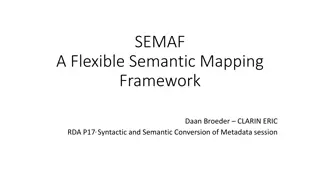Semantic-Based Surveillance Big Data Organization
Big data challenges in video surveillance necessitate innovative semantic-based approaches for representing and organizing data efficiently. This study introduces a Video Structural Description (VSD) model to intelligently annotate and manage large volumes of surveillance video data, enabling users to search related events effectively.
Download Presentation

Please find below an Image/Link to download the presentation.
The content on the website is provided AS IS for your information and personal use only. It may not be sold, licensed, or shared on other websites without obtaining consent from the author.If you encounter any issues during the download, it is possible that the publisher has removed the file from their server.
You are allowed to download the files provided on this website for personal or commercial use, subject to the condition that they are used lawfully. All files are the property of their respective owners.
The content on the website is provided AS IS for your information and personal use only. It may not be sold, licensed, or shared on other websites without obtaining consent from the author.
E N D
Presentation Transcript
Semantic based representing and organizing surveillance big data using video structural description technology Zheng Xu, Yunhuai Liua , Lin Mei, Chuanping Hua , Lan Chena The Journal of Systems and Software(2015)
Outline Introduction Objective Contribution System Case Study
Introduction Big data is beyond the ability of commonly used software tool to capture, manage, and process the data within tolerable elapsed time. It s a challenge to understand vast amount of videos solely based on the visual appearance. The rapid increase number of video brought a need to represent and annotate the video intelligently The processing and analysing video surveillance data follow the 4 V feature of big data: (i) variety, (ii) volume, (iii) velocity, and (iv) value
Objective Enable users to search the related events from the huge number of video resources. Propose a semantic based model, which solving the representing and annotating need for object and spatial/temporal relations. The proposed model is named Video Structural Description (VSD)
System (Overview) Pattern recognition layer VSD extract and represent the content of the single video. Use domain ontology including concepts, event, relation. Define the spatial and temporal relation in the event and concept definitions. Video resource layer Link the videos with their semantic relation. User demands layer Process the need of users ad return the clustering, integrated, and related resources.
System (supporting technologies) Computer vision Semantic link network Nodes: any object Link: interaction between nodes Space: a classification hierarchy of concepts and a set of rules for reasoning and inferring links Self-organized network since any node can link to others Cloud computing
System Pattern recognition layer Definition: Object => Extracted component from a video Concept => Standard taxonomy of object of a domain Attributed => Visual feature of the object from video Temporal Relation => Timing relation between the different time intervals of a video Spatial Relation => Position relation between objects of a video Event => Combination of the objects and their spatial-temporal relation Example case
System Video resource layer Definition User demands layer Applications on annotating and searching of video resources. Use Prot g and TBC to build annotation ontologies. User interface of video annotation and search module Objection Relation: Semantic relation between the objects in different videos Video Spatial Relation: Spatial relation between the different videos Video Temporal Relation: Temporal relation between the different videos
Case study Illegal cars using other licenses: Task: Finding the illegal cars using other licenses. Dataset: 1.19 billion data from the traffic speed camera, including the licence number, GIS information of car, and catching time of the traffic speed camera. Data processing: Use ten server to store and process these 1.19 billion data Mapreduce: map function to classify the car into the different time and reduce function to classify the cars by license number Rules: Setting The distance between the cars of the same licence should lower than 15 km in 10 minutes Results: 394 cars are selected and filter by the car information. (e.g., brand, color,...)
Contribution Building domain ontology of VSD, including additional rule definitions. Define a number of concepts and relations, allow users to use them to detect the video traffic events. Utilize Semantic link network to mine and organize video reosource based on their association Implement a semantic video annotation tool for annotate and organizing video based on annotaiton ontology.
Conclusion The increasing need of video based applications issues the importance of parsing and organizing the content in videos. Define a numbers of concepts, spatial, temporal, and their relation to represent video traffic event unambiguous This paper propose a semantic based model for representing and organizing the content in big data of videos.
